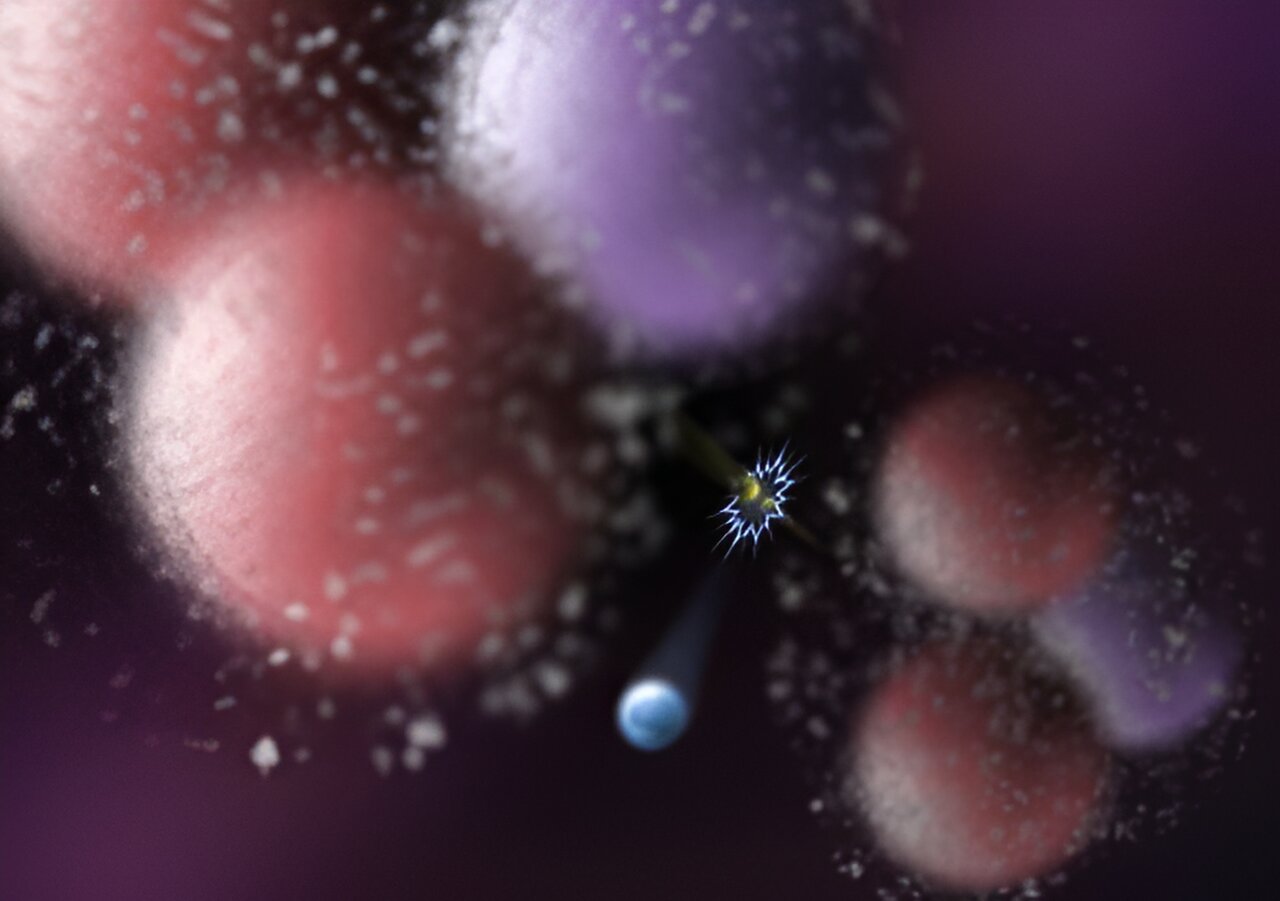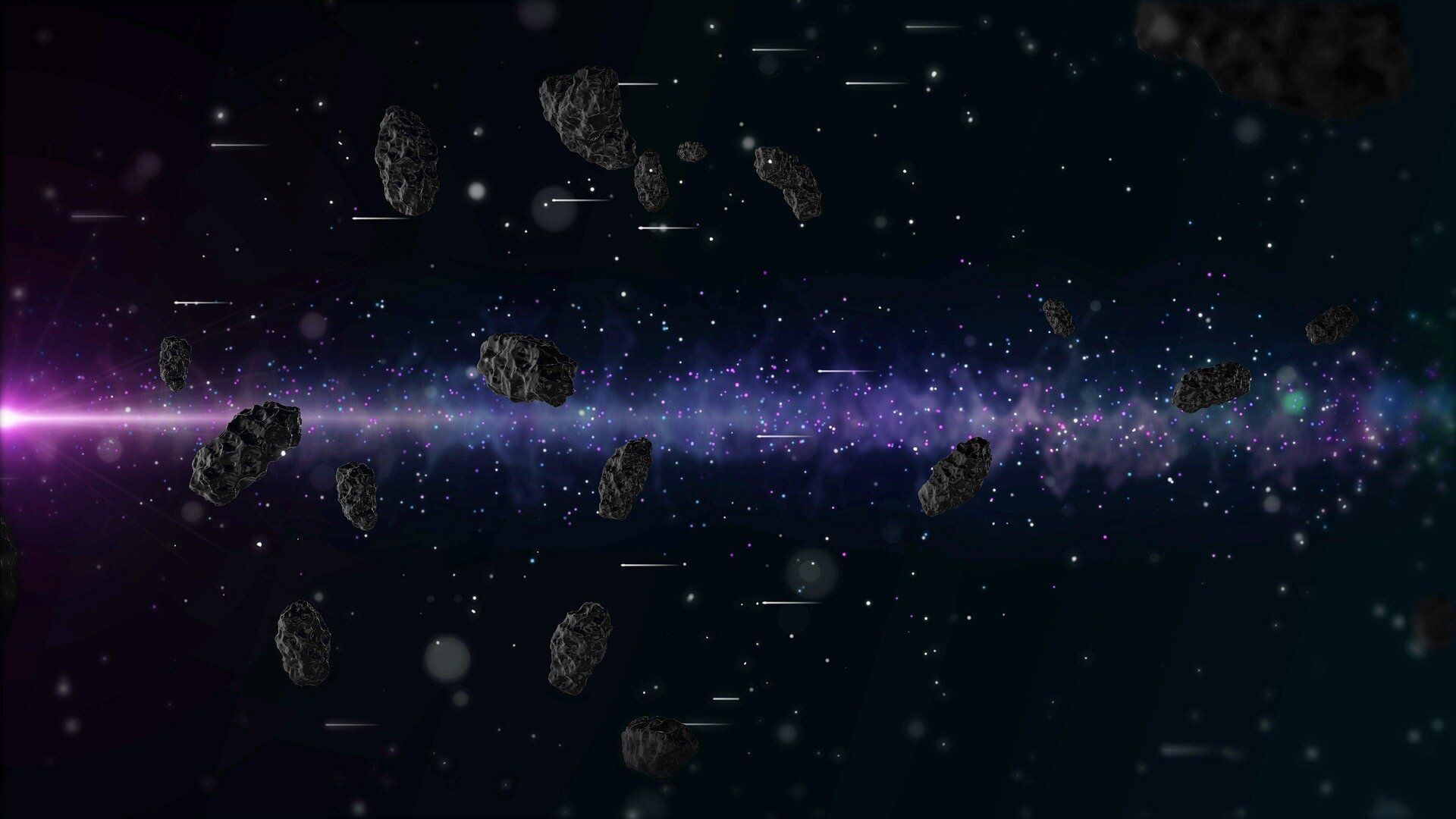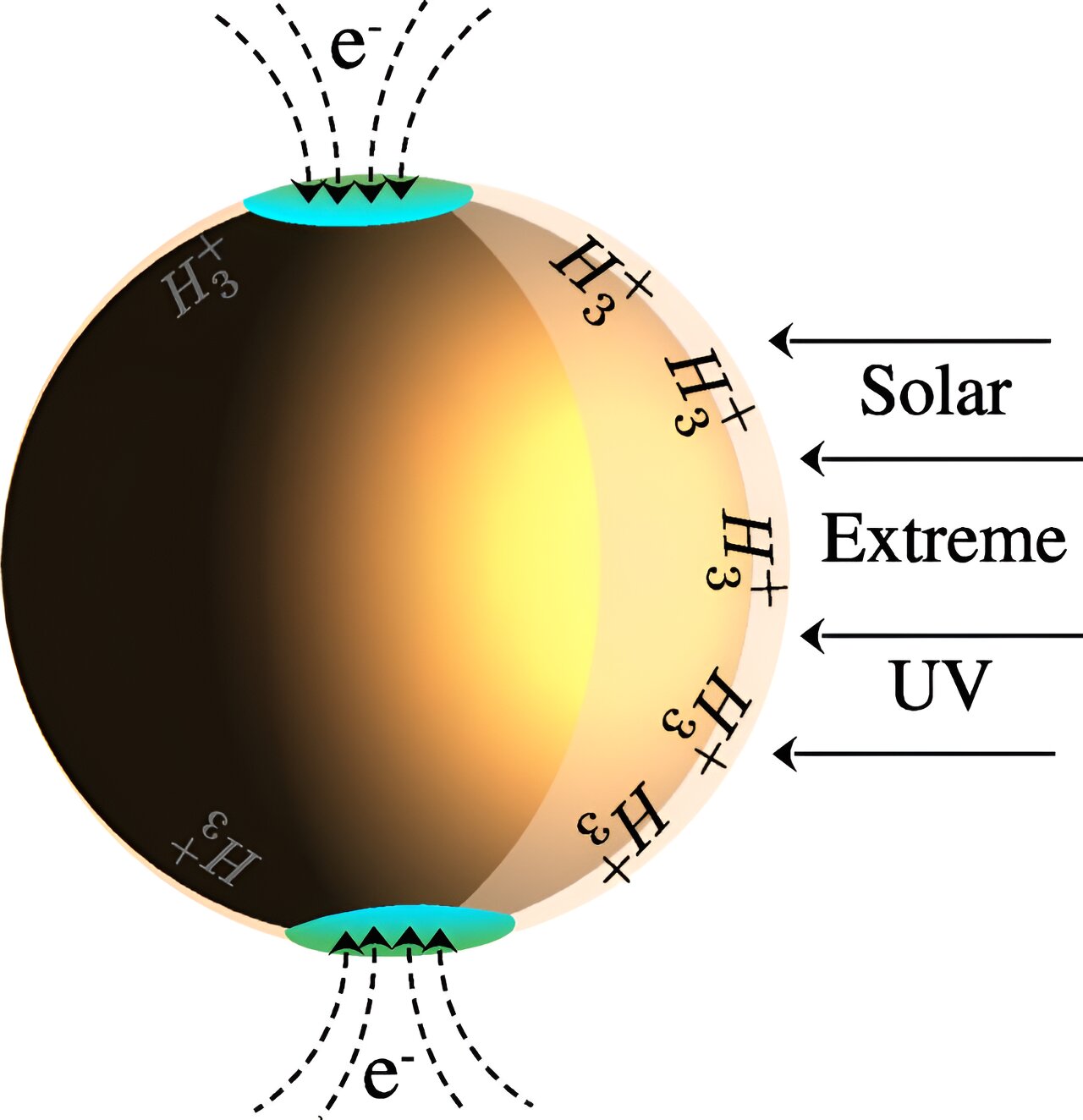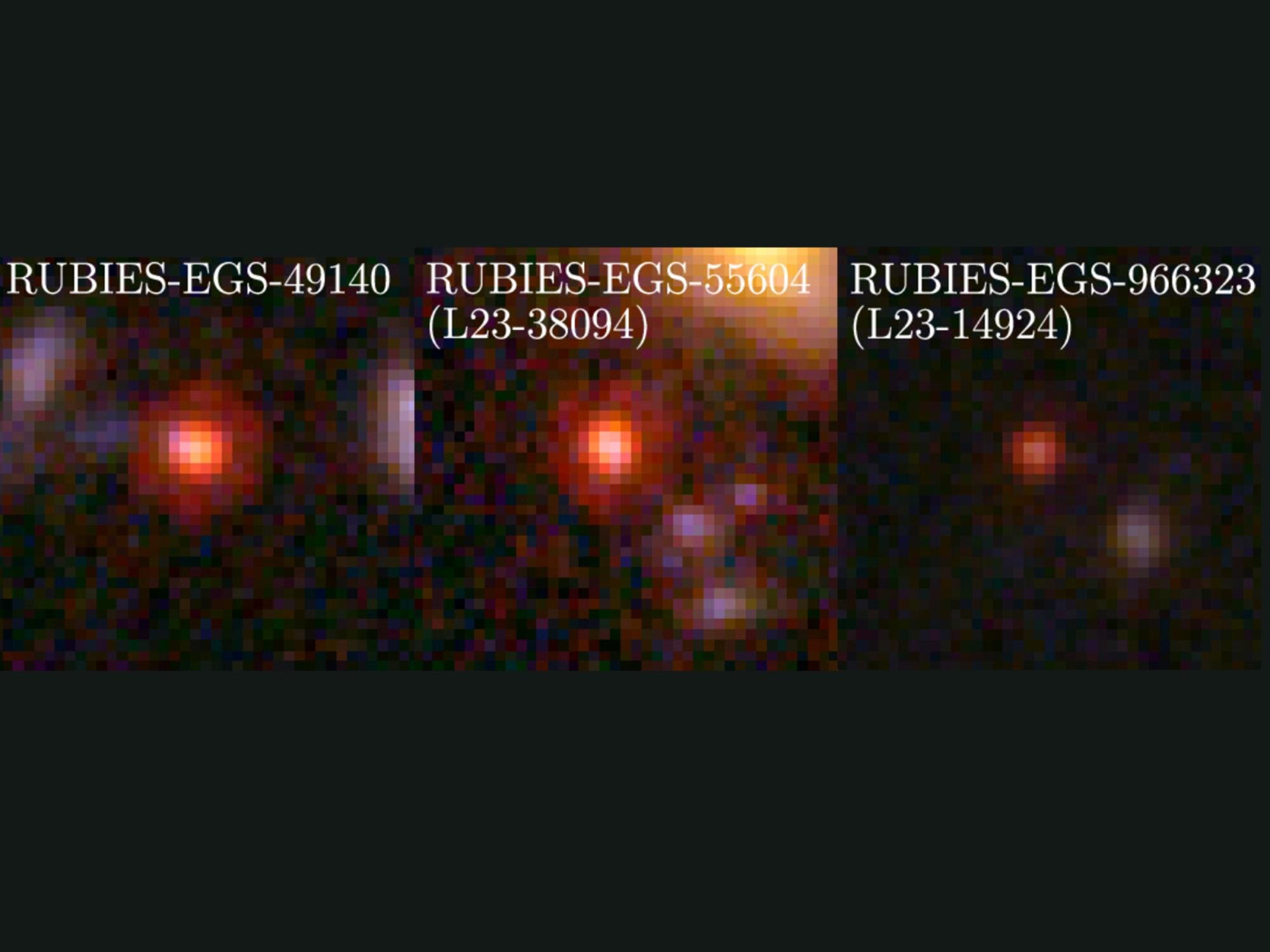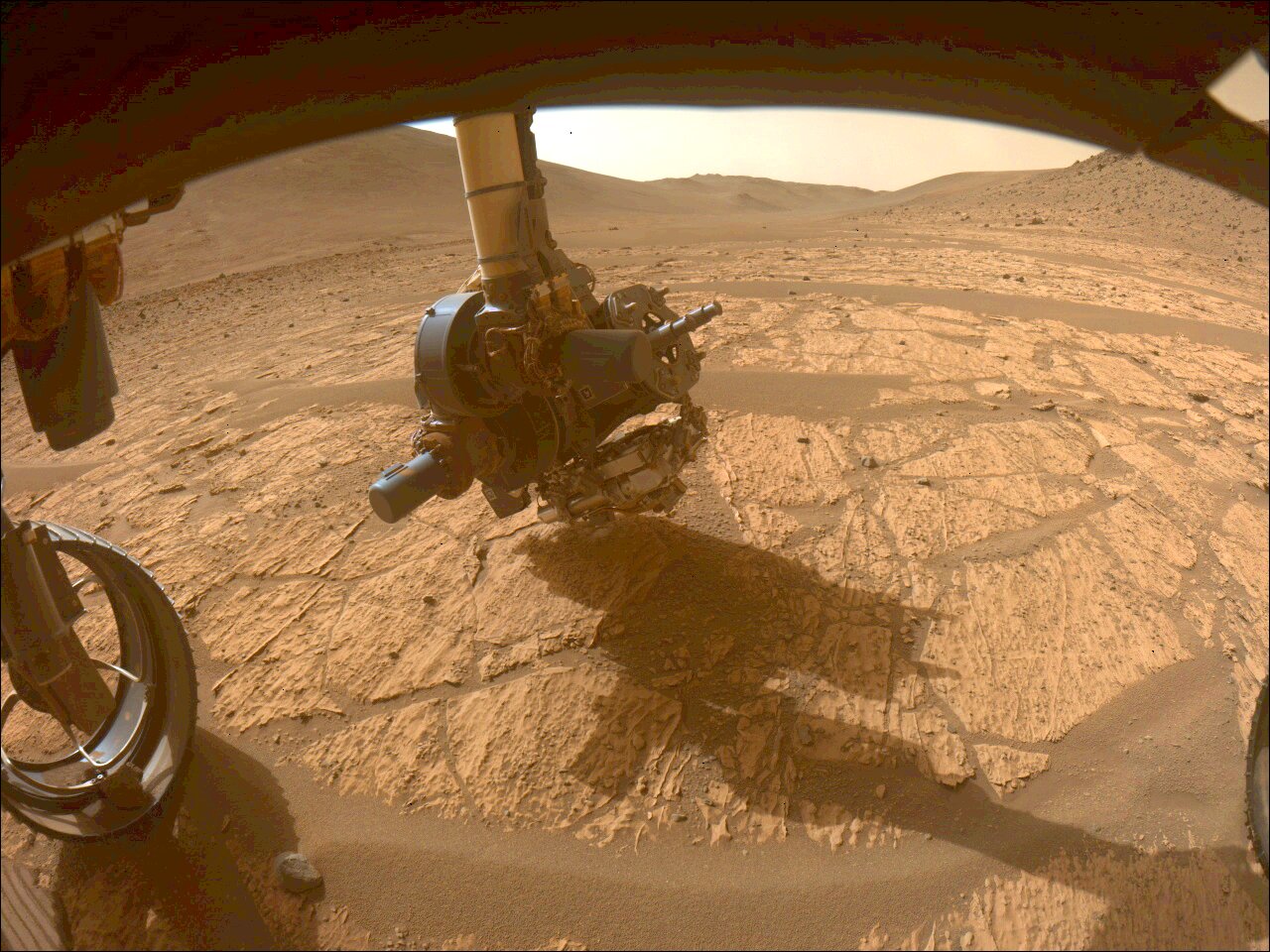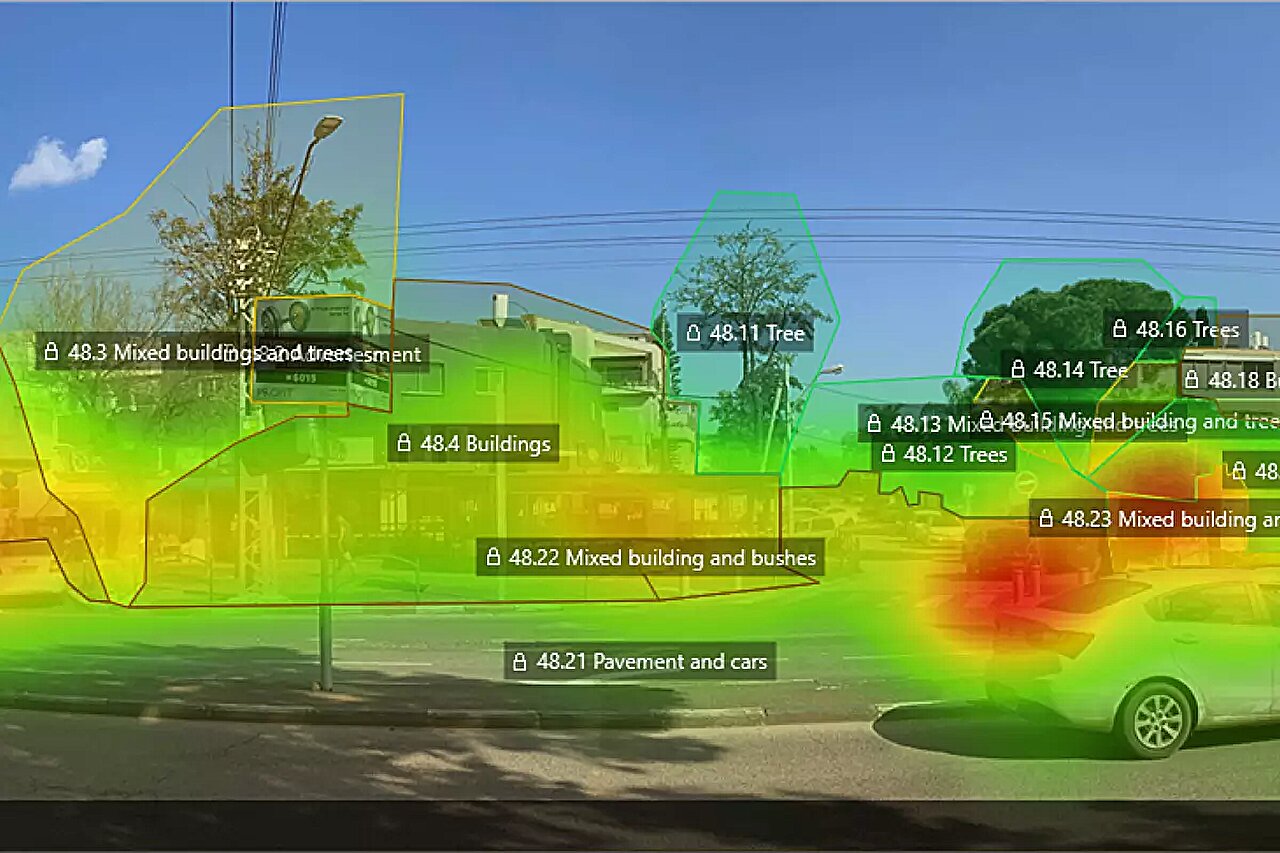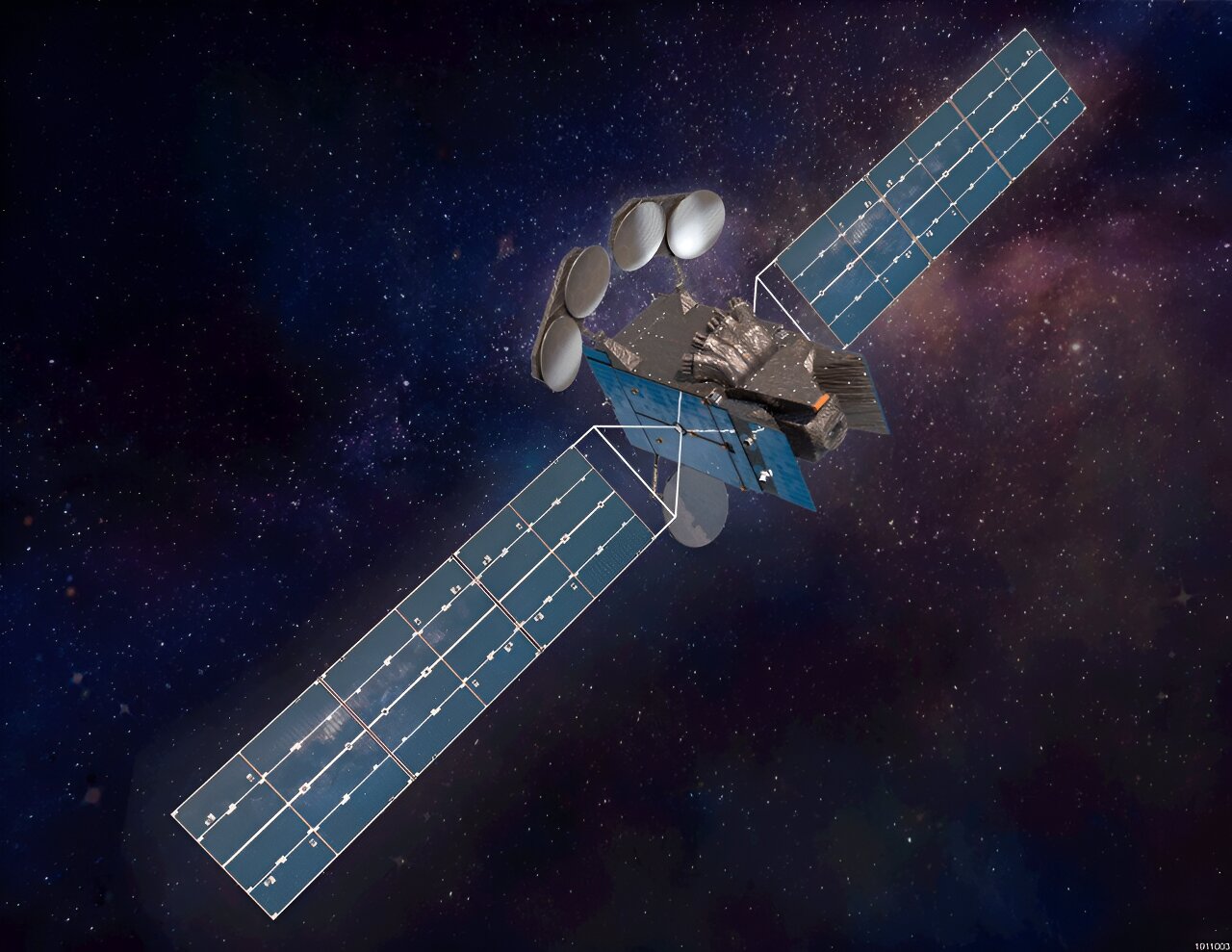Theoretical physicists find Higgs boson does not seem to contain any harbingers of new physics
The Higgs boson (blue) may be created by the interaction of gluons (yellow) during proton collisions. Protons consist of two up quarks (red) and one down quark (purple), bound by gluons so strongly that in the sea of virtual particles (gray) more massive quarks and antiquarks, for example beautiful quarks, may appear, the presence of …

